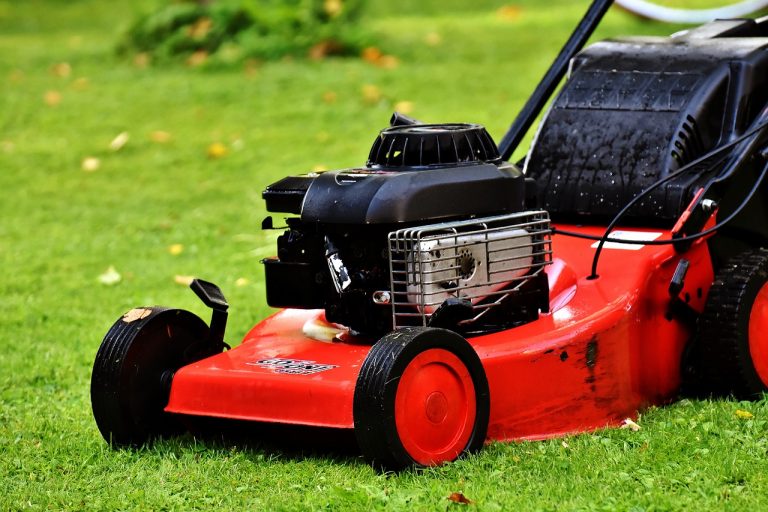Transforming Your Lawn: Tips from Professional Mowers
Mowing your lawn is a fun project and a source of relaxation for some. But even if you take great care of your lawn with water and fertilizer, it won’t be healthy unless you cut it properly.
The team at Divine Lawns is here to give some lawn maintenance tips from professional mowers. These tips will help transform your yard from just another patch of grass to a beautiful, lush, yard.

Don’t Cut Too Short
You may want to cut your lawn as short as possible to maximize the time between mowing sessions. However, cutting your lawn too short can be bad for your lawn’s health. Grass blades need to be a certain length to photosynthesize, and taking off too much of the blade prevents that. In other words, cutting the grass blades too short cuts off your lawn's main food source, meaning you have to make up for it with fertilizer and additive nutrients. The healthiest length for most types of grasses is between one-and-a-half and three inches.Leave Some Mulch
Many lawnmowers come with an attachment for collecting mulch while mowing. However, you shouldn’t remove all the mulch from your yard. Mulch from grass creates a layer of thatch between the grass blades and the underlying soil. Thatch and clipped grass blades are an important source of nutrients for your yard, help it absorb water at an appropriate rate, and act as a kind of weed treatment. Thatch layers should be about one-half of an inch. Any thicker and the lawn will have difficulties absorbing water. We recommend collecting grass clippings every other time you mow if your grass is particularly thick and lush.Keep Mower Blades Sharp
If you have ever tried to cut hair with a dull razor or scissors, you know blade sharpness matters a lot. Similarly, mowing your lawn with dull mower blades will leave inconsistent patches with rough, unclean cuts. Dull blades grip and tear the grass instead of neatly slicing it like a sharp blade would. Additionally, the cleaner the cut, the less stress on the grass blade. Stress from dull blades can kill portions of your lawn and spread mold/bacteria. We recommend sharpening or switching out mower blades at least once every six months, depending on mowing frequency.Don’t Mow When Wet
You should also avoid mowing your yard when it’s damp outside. The wheels of the mower will depress wet grass, and the slickness of the grass blades means the mower might not cut them as neatly. Also, wet grass clippings will stick to the sides of the mower and your legs if you are using a push model. Doing lawn maintenance on uneven terrain while it's wet can be dangerous. You might accidentally slip and fall when trying to mow up a hill or down a divot. So stick to mowing when it is dry and sunny outside, instead.Spread Mowing Out
Most people will want to cut their lawn to the right length in a single session. However, taking off too much of the grass blades at once can hurt your lawn. If your grass is particularly long and it has been a while since you last mowed, consider mowing only about half of the lawn’s height at first. Then, come back a few days later and cut the rest. Spreading mowing out like this helps the lawn acclimate to being cut and puts less stress on the grass. Depending on how long your grass is, you can even come back for a third cut. It takes more time to mow multiple sessions, but your lawn will thank you for it in the long run.Use a Self-Propelled Mower
 Manual push mowers are cheaper and can provide a decent workout, but they are ultimately less effective. Self-propelled mowers can make your lawn perfectly sculpted because they provide consistent force and coverage. The end result is a lawn cut that is much more even and flat. A self-propelled mower will make lawn edging and creating lawn stripes easier due to the more consistent movement.
Manual push mowers are cheaper and can provide a decent workout, but they are ultimately less effective. Self-propelled mowers can make your lawn perfectly sculpted because they provide consistent force and coverage. The end result is a lawn cut that is much more even and flat. A self-propelled mower will make lawn edging and creating lawn stripes easier due to the more consistent movement.
 (316) 435-3509
(316) 435-3509 office@divine-lawns.com
office@divine-lawns.com